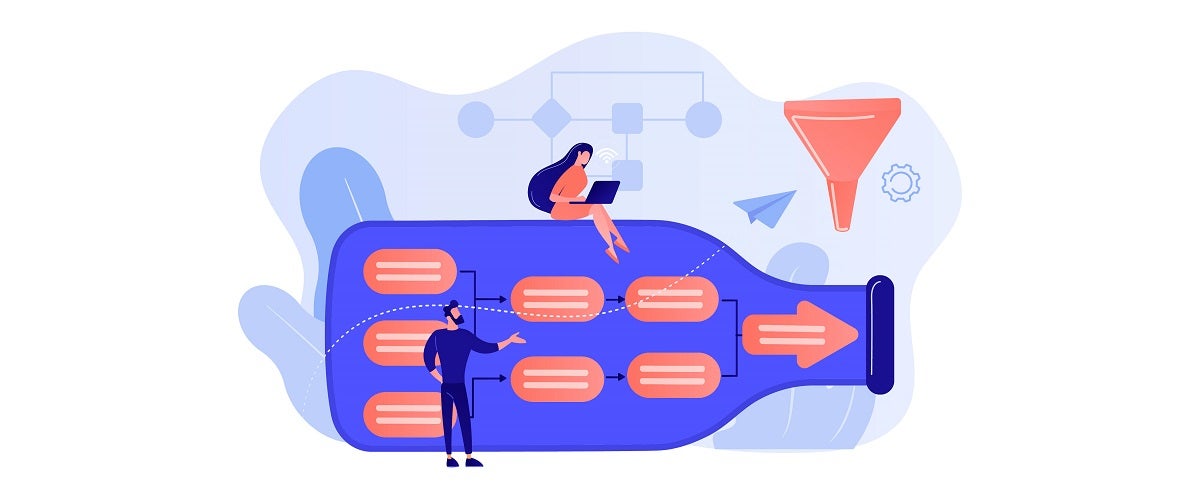
This blog is part of a series on designing a demand driven operating model.
1. What are Decoupling Points?
2. What are Control Points?
3. Protecting Decoupling and Control Points
A. Stock Buffers (Decoupling Points)
B. Time Buffers (Control Points)
C. Capacity Buffers (Decoupling and Control Points)
Becoming Demand Driven
In the modern manufacturing industry that experiences ever-increasing complexity, one of organizations’ biggest hopes for minimizing variability, maximizing flow, and achieving long-term competitive success is becoming demand driven.
As Debra Smith and Chad Smith state in their book, Demand Driven Performance: “Demand driven strategy is about dramatic lead-time compression and the alignment of efforts to respond to market requirements. This includes careful synchronization of planning, scheduling, and execution with actual consumption.” The idea is that organizations position themselves and their operations to be able to respond to customers and the environment in the most agile way possible, and with the least waste (of time, money, and other resources) possible.
Demand Driven Operating Model
Part of becoming demand driven, aside from understanding the growing complexities of the manufacturing industry and the implications of flow and variability, is designing a demand driven operating model.
We’ve already covered the first two steps of the design process, placing decoupling points and control points, and this blog will discuss the big ideas behind the third step of the process, which is protecting decoupling and control points with buffers, and go over what capacity buffers are. While these blogs will provide a useful jumping-off point, oftentimes the most effective way to successfully create a demand driven operating model for your organization is working with a trained professional who understands the process deeply and can help guide you through it. If you’re interested in learning more or beginning the process, members of our team at Repathis, are certified as Demand Driven Leader Professionals, meaning we have resources certified to analyze and evaluate organizations using the demand driven operating model and demand driven S&OP principles. Contact us here if you’d like to learn more about designing a demand driven operating model and applying demand driven principles.
Let’s tackle the third step in designing a demand driven operating model: protecting decoupling and control points.
How to Protect Decoupling and Control Points? Buffers.
Buffers are needed to protect decoupling and control points from accumulated variability. By placing buffers, decoupling points and control points can dynamically adjust to variability and more effectively protect flow.
There are three types of buffers used to protect decoupling and control points. We've already covered the stock buffer, which specifically protects decoupling points and is considered integral to a well-functioning demand driven operating model, as well as time buffers, which protect control points. Now, we'll turn our attention to the third and final type, capacity buffers, which protect both decoupling points and control points.
Demand Driven Capacity Buffers
“Capacity buffers protect control points and decoupling points by giving resources in the preceding workflow the surge capacity to ‘catch up’ with variability.” By offering agility and flexibility, capacity buffers allow for the safe reduction of stock and time buffers.
Capacity buffers work by dividing the upper levels of a resource’s capacity into a green, yellow, and red zone, with red being closest to the resource’s total capacity level and over capacity level. It then becomes easier to track where loads are falling capacity-wise for that resource. When loads regularly land in the red zone and/or over capacity level, it indicates that the resource is less responsive and becoming capacity constrained, which is a sign that it should be considered for capacity upgrades or delegated as a control point.

